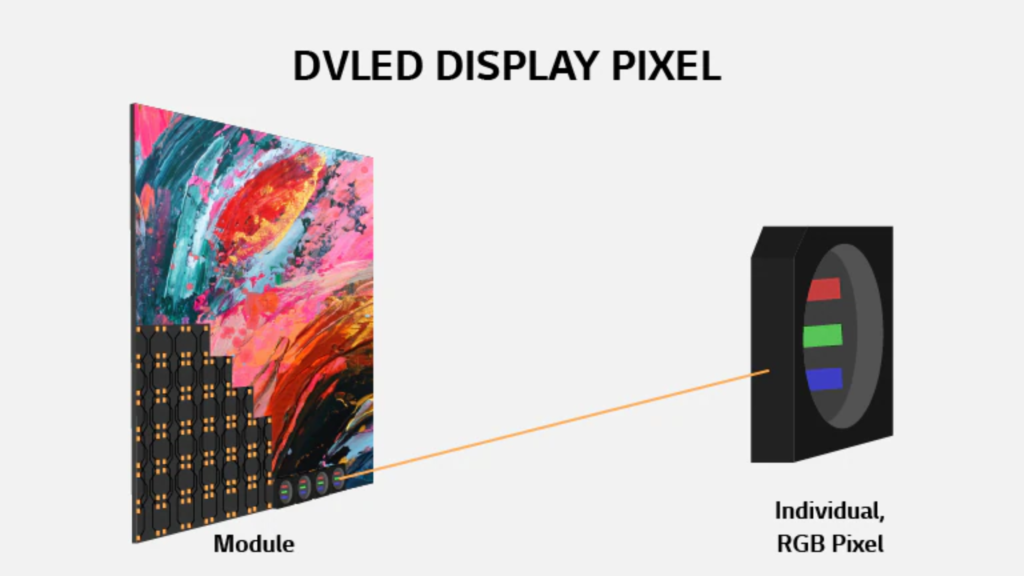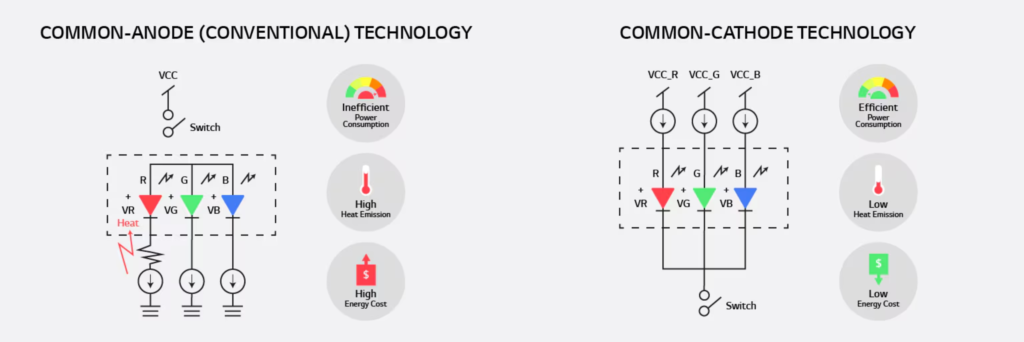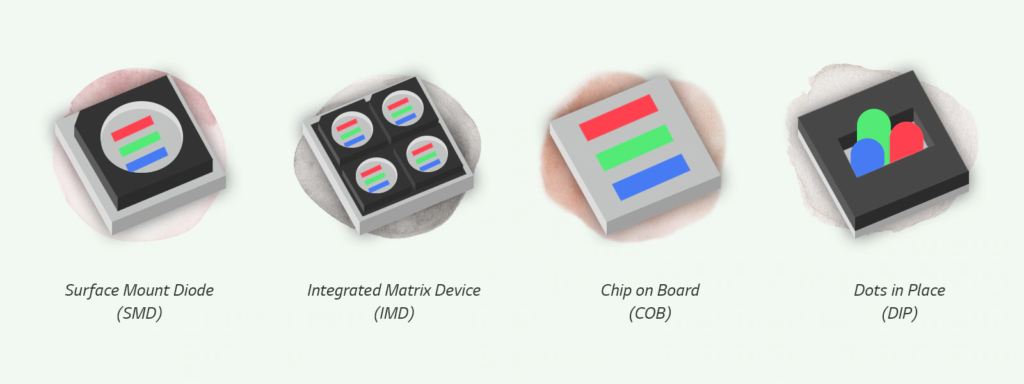DIRECT VIEW LED APPLICATIONS:LED vs LCD
LED vs LCD: What’s the Difference? Better visibility: LED displays offer enhanced visibility and higher contrast ratios, making them easier to read an …
View MoreMain Pixel Technologies
Pixels are an important force behind displays, and pixel technology has evolved significantly over the years. Watch-LED has solutions to best suit your DVLED display needs, utilizing a variety of pixel types. Which pixel is best depends on the intended purpose of the display, such as viewing angles, durability, contrast, ease of service, whether the display will be installed indoors or outdoors, and other factors.

Direct View LED is not like regular LED – or any other display!
Direct View LED displays eliminate the LCD panel, instead using a surface array of LEDs as the actual display pixels. This allows for incredible contrast, vibrant colors, and brightness levels several times that of LCDs. Direct View LED displays can also be made virtually any size, including large sizes of 100 feet or more, making them the perfect choice for outdoor and indoor spaces alike. Thanks to the bezel-free design of Direct View LED displays, it’s possible to create seamless video walls too.
Liquid Crystal Displays Versus Direct View LED Displays
Liquid Crystal Display (LCD) panels have a light source behind or at the edge of the glass. Most LCDs are backlit by Light Emitting Diodes (LED), which provides a white light that goes through a shutter and becomes tinted to display color on the screen. LCD panels also often are bulkier and emit more heat.
In contrast, Direct View LED (DVLED) panels do not need backlights, edge lights, and a shutter. The LEDs directly light the display without the need for a filter. DVLEDs panels are lighter, last longer, and emit less heat than LCD panels.


Common Anodes Vs Common Cathodes
Common-anode technology controls all colors, even when not used, causing high heat emission and energy costs. DVLED uses common cathode, powering only needed colors for efficient power consumption.
DVLED Technology
Most LED screens are composed of SMD pixels. These pixels are suitable for indoor or outdoor use. Globally, SMD pixels make up the vast majority of indoor DVLED displays.
Efficient display technology and durable pixel type are a big part of the DVLED module, but attaining the right specs such as pixel pitch, brightness, and IP rating can make the DVLED display more powerful.

Copyright © 2024-2034 Watch-LED. All Rights.